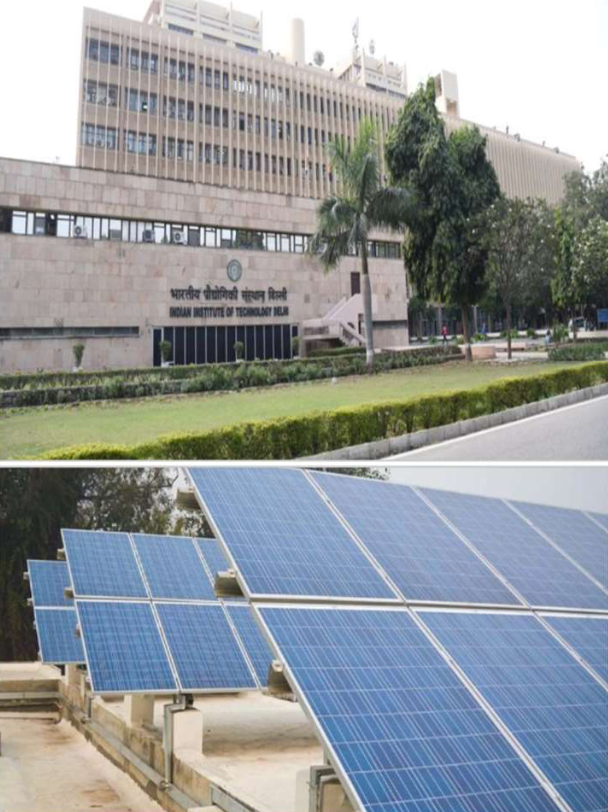The Indian Institutes of Technology (IIT) are among the finest institutes for technical studies and research in India. They offer undergraduate, integrated postgraduate, and postgraduate degrees.
Currently, there are 23 IITs in India. They are located at Bombay, Chennai, Kharagpur, Kanpur, Delhi, Guwahati, Roorkee, Ropar, Bhubaneshwar, Gandhinagar, Hyderabad, Jodhpur, Patna, Indore, Mandi, Varanasi, Palakkad, Tirupati, Dhanbad, Bhilai, Jammu, Farmagudi (Goa), and Dharwad.
But at first, just 4 IITs were established – at Kharagpur, Chennai, Mumbai, and Kanpur.
The idea of the IITs originated before India’s independence. Sir Ardeshir Dalal, believing that the future would be dependent on technology, proposed the making of institutes that would train the workforce in the country itself. This is believed to be the first ever conceptualisation of the IIT.
Humayun Kabir, an educationist, encouraged B.C. Roy, the then chief minister of Bengal, to work on Sir Ardeshir Dalal’s proposal for an IIT. What happened next? In 1945, Dr. Humayun Kabir, along with Sir Jogendra Singh, formed a committee of 22 members to prepare a proposal. Mr. Nalini Sarkar was made the chairperson of the committee. This committee recommended the creation of four Higher Institutes of Technology along the lines of the Massachusetts Institute of Technology, USA. They also recommended that these four institutions should be estabished in the northern, southern, western, and eastern parts of India.
It was decided that the institutions will be established in Bombay (west), Kharagpur (east), Kanpur (north), and Chennai (south). The first ever IIT was established in Kharagpur (West Bengal) in 1951. It was situated at the place where once the Hijli Detention Camp used to stand. In 1956 the Indian Institute of Technology (Kharagpur) Act was passed. This Act made IIT Kharagpur an Institute of National Importance.
The establishment of IIT Kharagpur was followed by the establishment of IITs at Bombay (1958), Madras (1959), Kanpur (1959), and Delhi (1961).
After some years, in 1994, the sixth IIT was established in Guwahati. In 2001, the University of Roorkee was converted into an IIT, becoming the seventh IIT. Fun Fact: University of Roorkee was formerly known as Thomson College of Engineering. It was established in 1847 and is the oldest technical institution in Asia!
In 2008, the Government of India announced that eight new IITs would be opened in the regions where there weren’t any. Hence, IIT Bhubaneshwar, IIT Gandhinagar, IIT Hyderabad, IIT Patna, IIT Jodhpur, and IIT Ropar came into existence. The formation of these six IITs was followed by the formation of IIT Mandi and IIT Indore in 2009.
In 2012, the Institute of Technology, Banaras Hindu University, Varanasi, was converted into an IIT. It is now known as IIT Varanasi. After 4 years, in 2016, ISM Dhanbad was converted into an IIT. It is now known as Indian Institute of Technology (ISM- Indian School of Mines), Dhanbad. In 2016, 4 more IITs were established – IIT Bhilai, IIT Jammu, IIT Goa, and IIT Dharwad.
The Institutes of Technology Act, 1961 declared all the IITs to be Institutes of National Importance.


